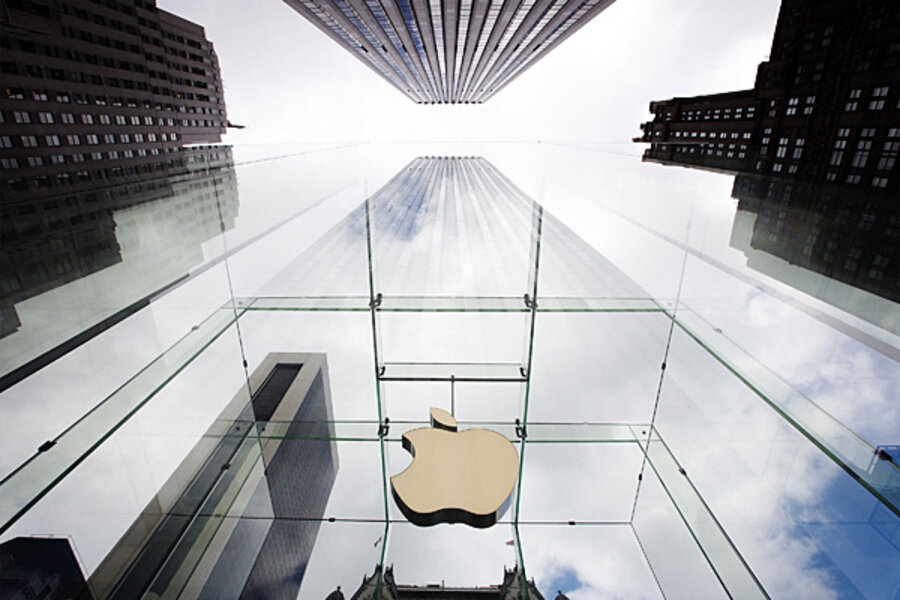Apple sell-off: Who saw it coming?
Loading...
Was Apple's fall from grace unforeseeable?
That's become the prevailing wisdom among those covering the aftermath - but I don't think so.
Felix Salmon has a great post where he builds upon the James Stewart piece I linked to over the weekend and offers a good overview of what went wrong when 57 brokerage firm analysts rode the stock right off the cliff. He gets the story 98% right - except for this very important detail:
the clear implication here is that the analysts following Apple should have seen the fall coming. But you can’t time an individual stock like that: no one can. Especially when there was nothing — no thing — which caused the stock to fall. Apple stock was going up, and then it was going down.
Begging your pardon, Felix, but it is not true that "no one" could see the 30% sell-off coming. There is one of group of analysts that very neatly timed a sell call on Apple. The technicians. Almost all of the ones I follow. Because they know very little about Apple the company - they do not spend their days talking to Asian component suppliers or obsessing over how many inches the iPad Mini's screen is.
Instead they study price. And price action, unlike company fundamentals, flashed a screaming sell signal way before the turn in the company's business prospects had become evident.
This is not to say that technical analysis is superior to fundamental analysis. It is to say, however, that the study of price - which is only the supply/ demand dynamics of a particular asset and nothing more esoteric or magical than that - has it's uses. Particularly at major turning points.
The study of price, in this case, would have shown you a parabolic share price with deteriorating relative strength and slowing momentum.
My technician friends rarely seek credit for their good calls. They take what they do seriously and their blogging is meant to help them discover what they actually think and to generate real-time feedback that may be constructive as they improve their craft.
To the extent that I possibly can, I mean to give some of them credit where it's been earned. Here are two prominent examples:
JC Parets at All Star Charts on September 10th: Is Apple About to Crash?
Peter Brandt at Factor Advisors on October 9th: The Apple is Falling from the Tree
Sell-side analysts who study a company and not a stock will continue to deliver to half the story. I recommend getting the whole thing when possible.
Source:








